31 Ford Car Models The Brand Likely Regrets Making
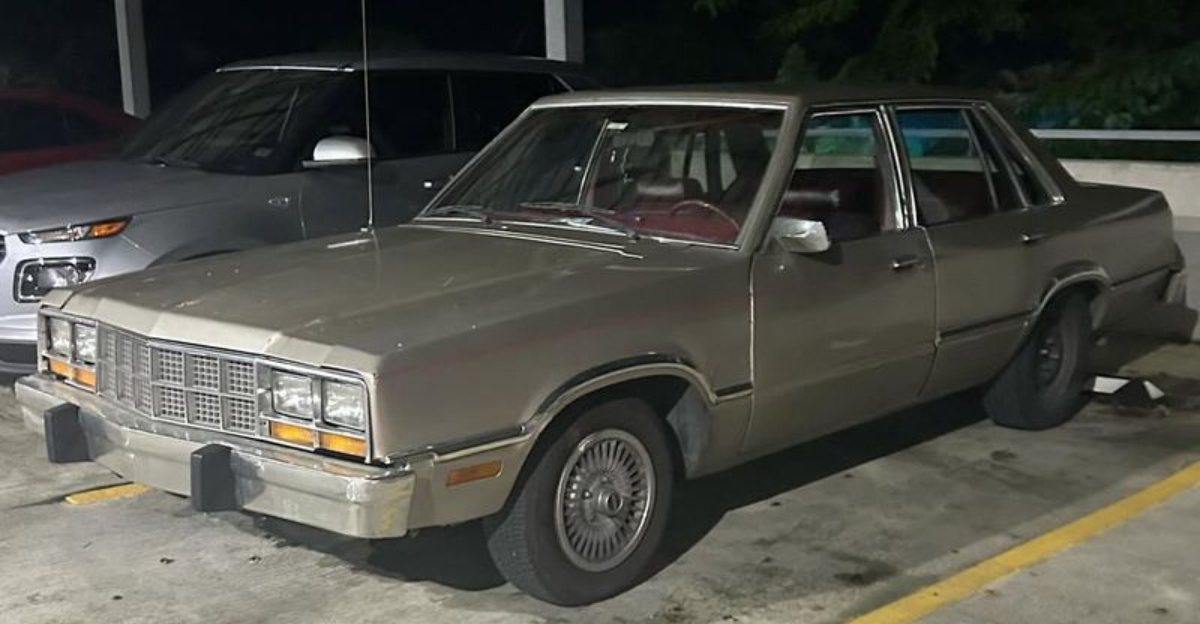
Ford has built some of the most iconic cars in automotive history, but not every model has been a smash hit.
Some have come and gone so quickly, you might wonder if they were ever really meant to be. Take, for instance, the Ford Edsel.
Often referred to as one of the most famous flops in automotive history, it was released with so much hype that expectations were through the roof.
Yet, within a year, it became the punchline of countless jokes. I remember talking to a car enthusiast who owned one and laughing about how the car’s strange design was, in some odd way, still cool to him.
But the truth remains, the Ford has had a few missteps in its long history. From quirky designs to bizarre features, these are the models that the company probably wishes it could forget.
1. Ford Edsel
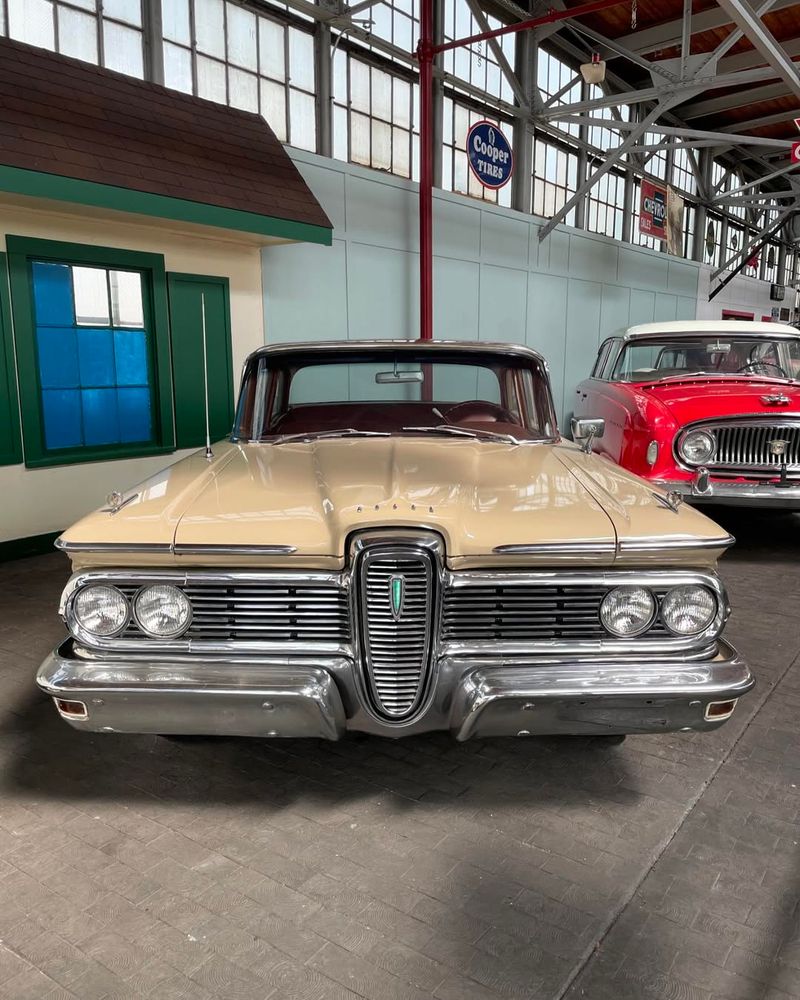
When I first saw the Ford Edsel, I was struck by its bold design. My uncle owned one, and he proudly called it an innovation.
An interesting fact about the Edsel is that its name was chosen from thousands of suggestions. Despite its unique look, it failed to meet sales expectations.
The car’s legacy is a lesson in market research and consumer expectations. Why did it miss the mark despite its technological advancements?
2. Ford Pinto
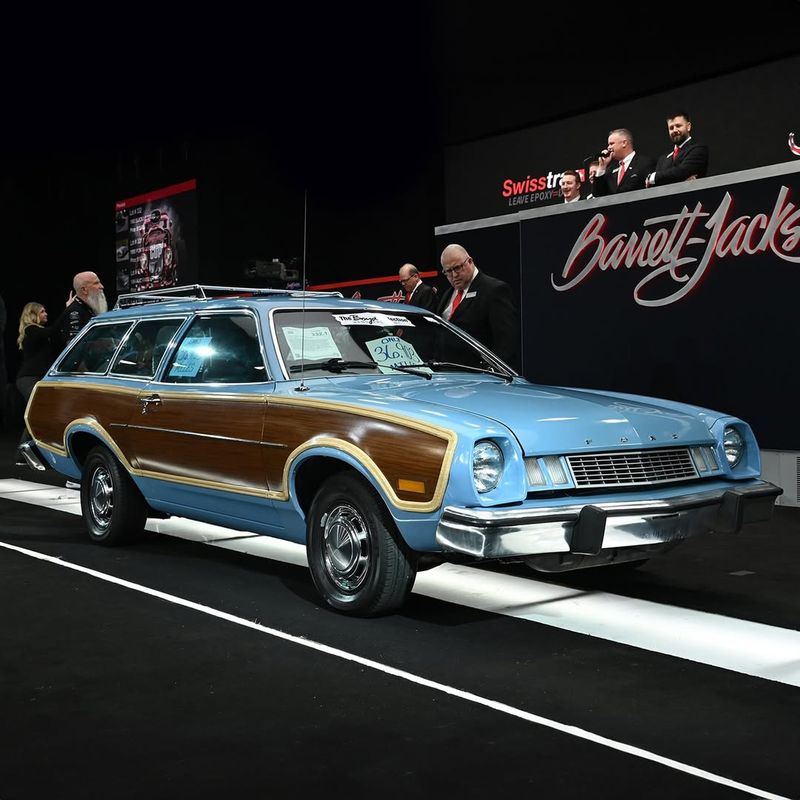
The Ford Pinto, introduced in the 1970s, was Ford’s answer to the fuel crisis. It was equipped with a small engine and lightweight body.
One might compare it to a compact toaster, efficient but prone to overheating. Unfortunately, its safety flaws cast a shadow over its practicality.
The rear-end collision controversy damaged its reputation, making it a classic example of cost-cutting gone wrong. The Pinto’s story highlights the importance of safety in design.
3. Ford EXP
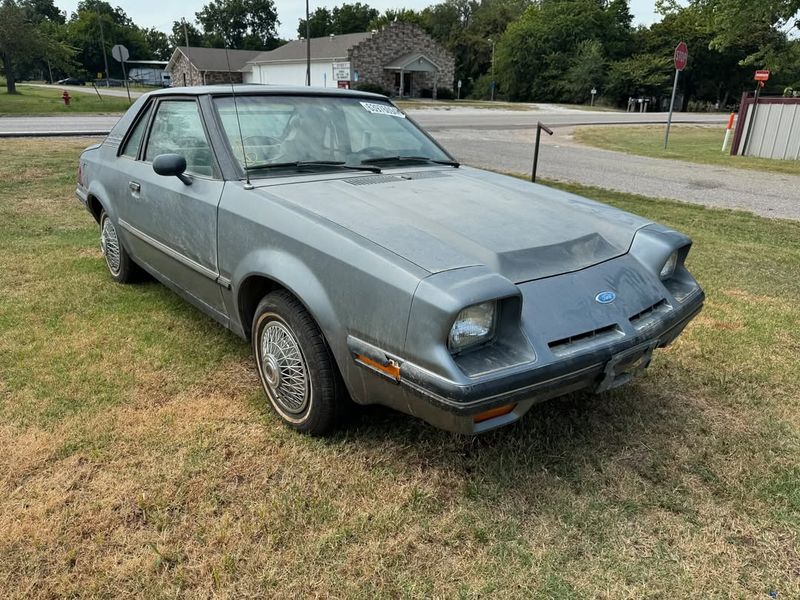
In the world of Ford, the EXP had a curious legacy. As a young driver, I remember seeing it and wondering about its place in car history.
It was supposed to be sporty yet affordable. However, it didn’t quite hit the mark. It struggled to excite car enthusiasts or attract new buyers.
With its underwhelming performance, it left many questioning its purpose. Was it ahead of its time, or simply a misstep in Ford’s lineup?
4. Ford Aspire

The Ford Aspire, launched in the mid-1990s, sought to capture the compact car market. It shared its ambition with rivals like the Geo Metro.
With a basic design and minimal features, it lacked the flair to stand out. The Aspire’s fuel efficiency was commendable, yet it was overshadowed by more stylish options.
Its unremarkable presence in the automotive scene left it often overlooked. It serves as a reminder of how critical design appeal can be.
5. Ford Tempo
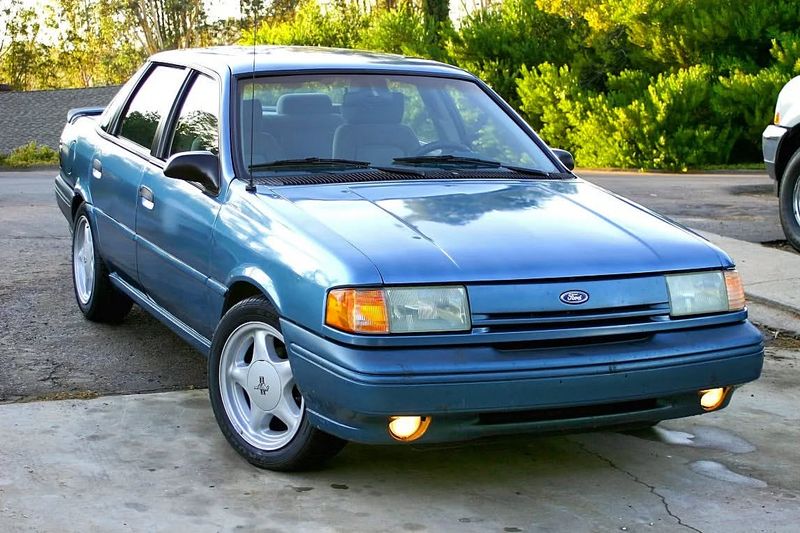
The Ford Tempo brings back memories of family road trips. I recall its comfortable seats and spacious interior. Introduced in the 1980s, it aimed to be reliable yet affordable.
An interesting fact: it was one of the first Fords to feature aerodynamic styling. Despite its practicality, the Tempo didn’t quite stand out.
Its legacy is a testament to the challenges of balancing innovation with market demands. What made it fall short in the eyes of buyers?
6. Ford Contour
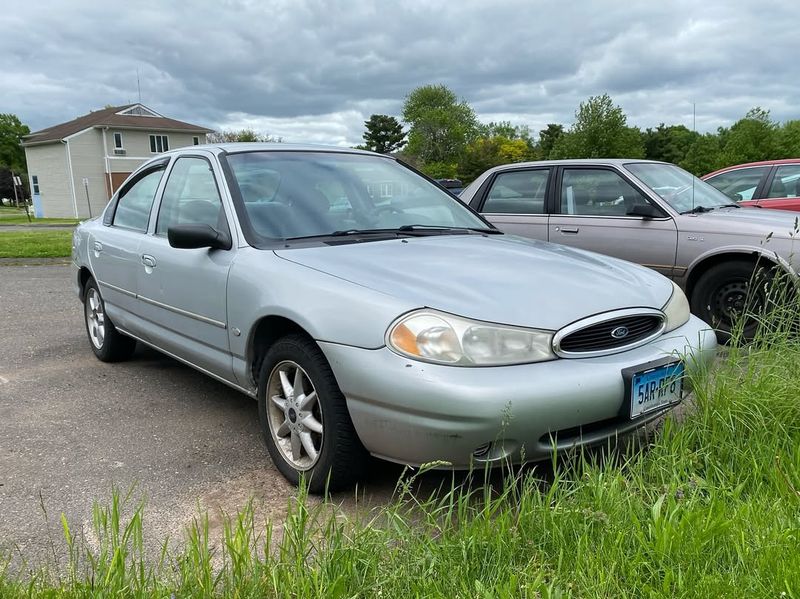
The Ford Contour entered the market as a promising mid-size sedan. It offered a sleek design and modern features. Imagine it as a Swiss Army knife—a tool with potential but sometimes complex to use.
Its European styling appealed to some, yet it didn’t fully resonate with American consumers.
The Contour struggled with reliability issues, affecting its reputation. This model’s story underscores the importance of understanding diverse market needs.
7. Ford Festiva

Back in the day, the Ford Festiva was the symbol of budget-friendly transportation. I recall friends owning it, praising its fuel economy.
Its legacy is mixed; while it offered affordability, it lacked the features many desired. The Festiva was reliable but not exciting, leading to its eventual fade from the market.
Was it a stepping stone for first-time buyers or just another forgettable model in Ford’s history?
8. Ford Five Hundred
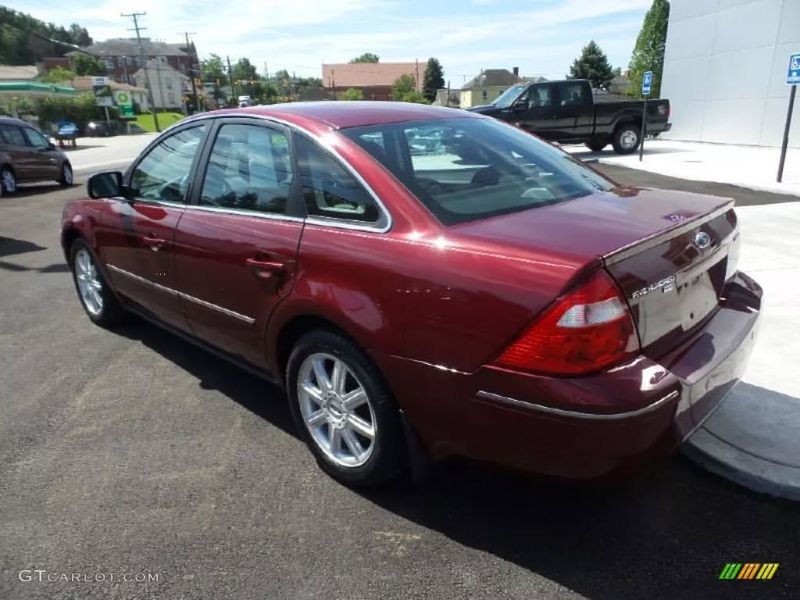
The Ford Five Hundred aimed to reboot the full-size sedan category. It shared ambitions with models like the Chrysler 300. With its large interior and solid build, it promised comfort.
However, its conservative design didn’t captivate audiences. The Five Hundred was eventually overshadowed by more dynamic vehicles.
This model teaches the lesson that ambition alone doesn’t guarantee success if design fails to inspire.
9. Ford Freestar

The Ford Freestar reminds me of family outings to the lake. It was spacious and offered decent comfort. An interesting tidbit: Ford marketed it as a versatile family minivan.
Despite its practicality, it lacked innovation. Its uninspired performance and design led to its decline. Why didn’t the Freestar capture the hearts of families seeking adventure on the road?
10. Ford Aerostar
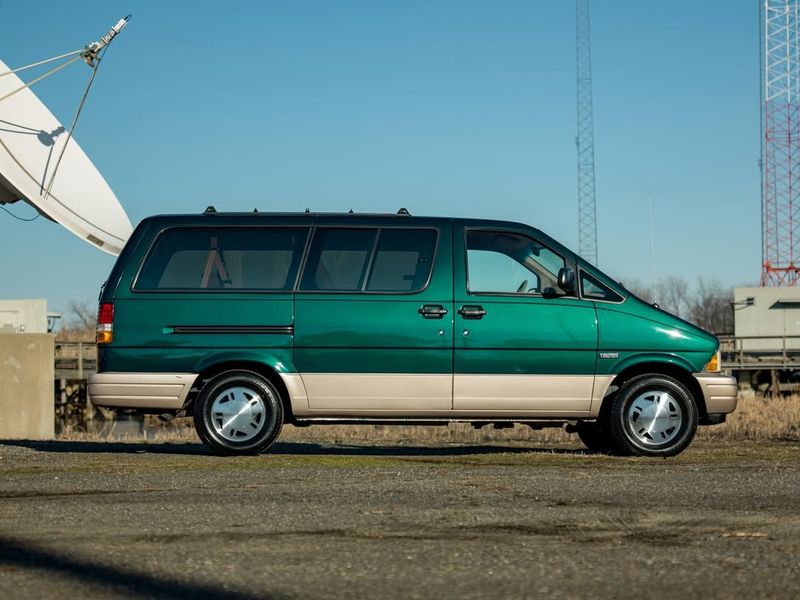
The Ford Aerostar was Ford’s attempt at a family-friendly minivan. It offered ample space and versatility. Like a Swiss Army knife, it had multiple uses but lacked refinement in execution.
Its design was practical but uninspired. While it served its purpose, it struggled with fuel efficiency and reliability issues.
The Aerostar’s journey reflects the balance between function and style, a critical aspect of automotive success.
11. Ford Granada (U.S. version)

Growing up, the Ford Granada was everywhere. It was meant to be a luxury option for the masses. The name itself carried a sense of grandeur.
While it offered a comfortable ride, it fell short in performance. Its legacy is a mix of nostalgia and missed potential. Why didn’t the Granada leave a lasting impression despite its aspirations?
12. Ford LTD II
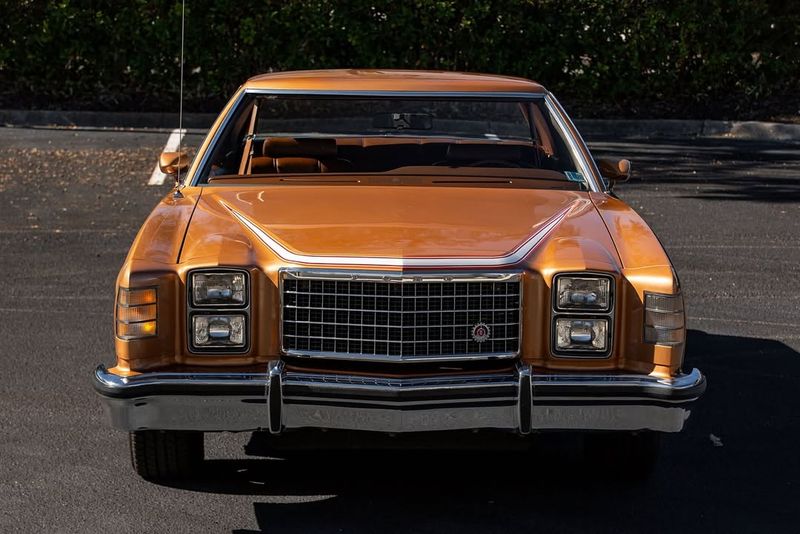
The Ford LTD II aimed to captivate the large car segment. It shared its ambition with models like the Chevrolet Caprice.
With its long body and plush interiors, it promised a luxurious experience. However, the LTD II struggled to excite buyers.
Its outdated design and lack of innovation made it blend into the background of the automotive scene. This model serves as a reminder that a bold vision without execution can fall flat.
13. Ford Fairmont
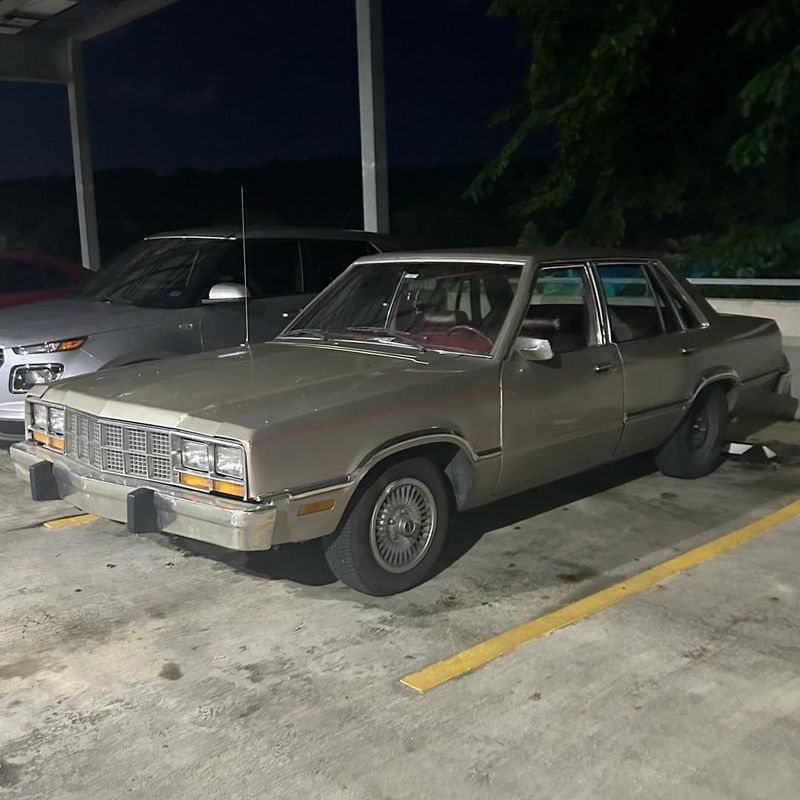
The Ford Fairmont was my first car. Its simple design and affordability appealed to me as a young driver. An interesting fact: it was one of Ford’s first attempts at modular design.
While practical, it wasn’t particularly exciting. Despite its innovations, the Fairmont struggled to stand out in a crowded market.
This car’s legacy reminds me that sometimes practicality isn’t enough. What was missing in the Fairmont’s formula for success?
14. Ford Probe

The Ford Probe was Ford’s venture into the sporty car market. It boasted sleek lines and a modern look. Imagine it as a concept from a sci-fi movie, bold yet untested.
While it attracted attention, it failed to deliver on performance promises. The Probe’s story is one of ambition overshadowed by execution challenges.
The model exemplifies the risks of pushing boundaries without fully understanding market demands.
15. Ford ZX2
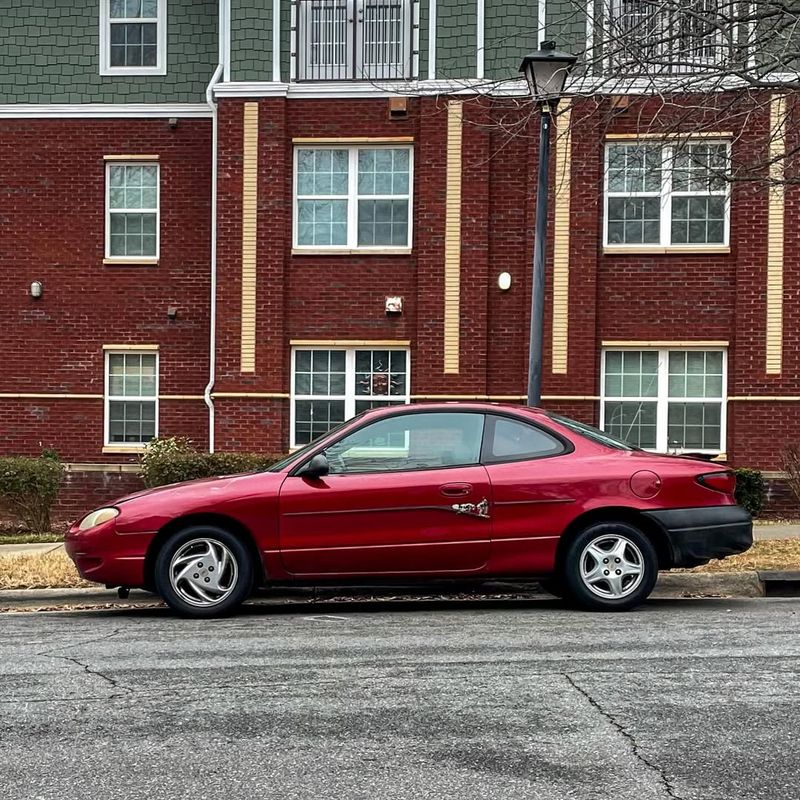
In the late 1990s, the Ford ZX2 was a staple for young drivers. I recall its sporty look and affordable price. It was supposed to be exciting, yet it lacked the punch that enthusiasts wanted.
Despite its attempts to capture the youth market, it didn’t quite succeed. Was it a misjudged attempt to blend sportiness with economy, or simply a victim of changing trends?
16. Ford C-Max
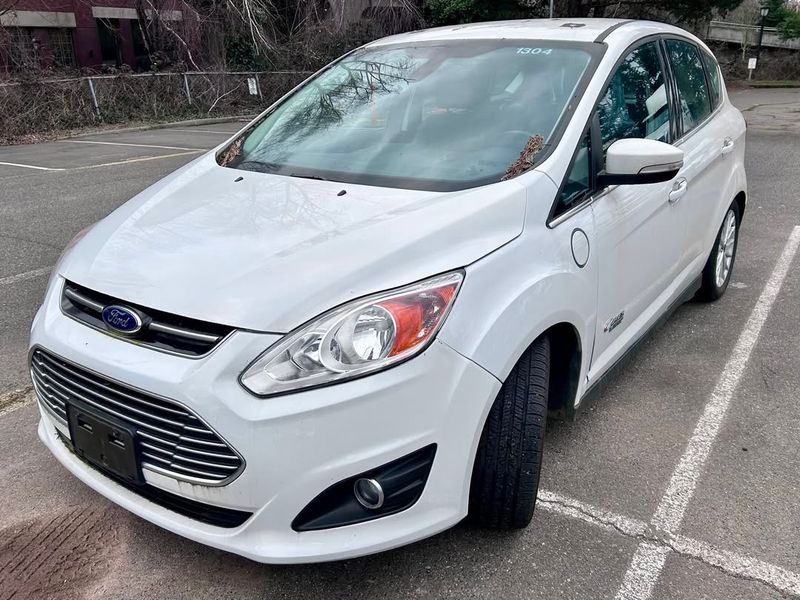
The Ford C-Max aimed to capture the hybrid market. It rivaled cars like the Toyota Prius. With its eco-friendly technology and spacious interior, it promised efficiency.
However, it didn’t quite capture the public’s imagination. Its design and performance left buyers yearning for more.
The C-Max serves as a lesson in the competitive nature of the hybrid landscape, where innovation must be paired with appeal.
17. Ford Taurus X

The Ford Taurus X reminds me of our family trips to the mountains. It offered space and comfort, perfect for long journeys.
An interesting fact: it was one of Ford’s attempts to blend SUV features with a station wagon. Despite these efforts, it didn’t gain the popularity expected.
Its legacy is a reminder that blending categories doesn’t always lead to success. What roadblocks did the Taurus X encounter in its journey?
18. Ford EcoSport
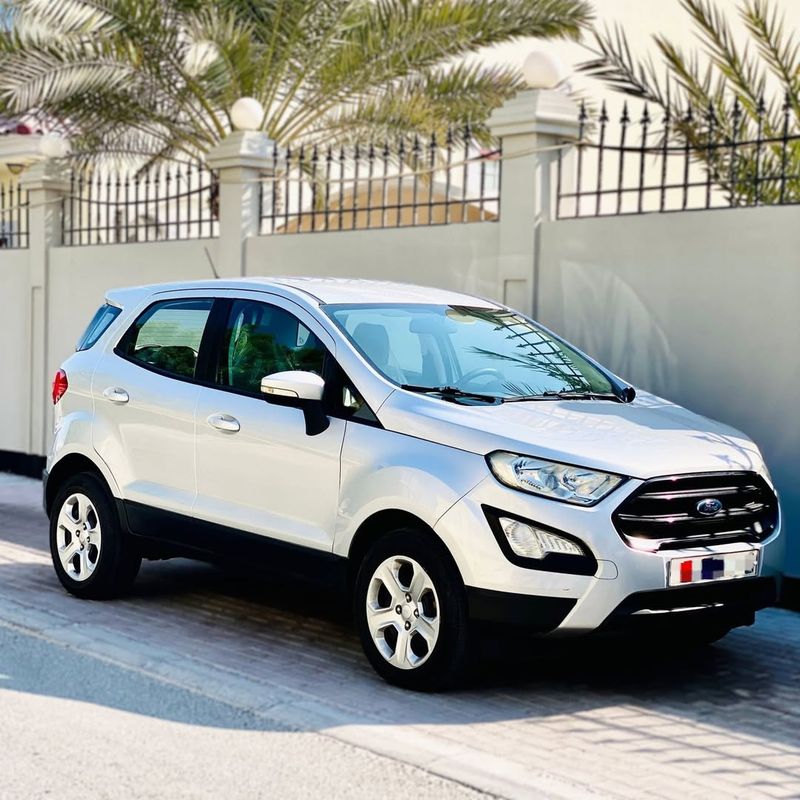
The Ford EcoSport ventured into the compact SUV arena. It offered a sleek design and urban-friendly size. Picture it as a nimble city explorer, quick and compact.
Despite its promising start, it struggled with practicality issues. Its limited cargo space and underwhelming performance left consumers wanting more.
The EcoSport’s tale highlights the challenges of blending style with functionality in the competitive SUV market.
19. Ford Thunderbird (2002–2005 reboot)
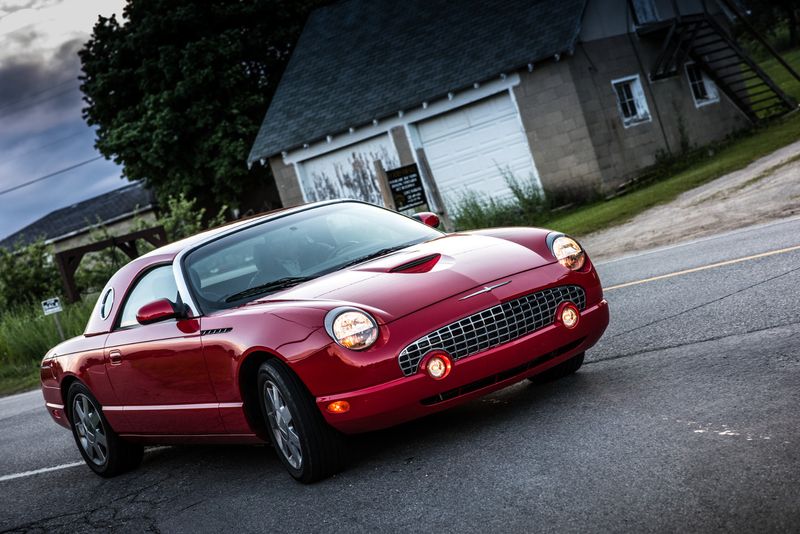
When the Ford Thunderbird made a comeback in the early 2000s, nostalgia was in the air. I remember the excitement it brought. It promised to revive a classic legacy.
However, it faced criticism for its lackluster performance. The model’s charm couldn’t mask its shortcomings.
Did the Thunderbird manage to capture the magic of its original era, or was it simply a fleeting nostalgia trip?
20. Ford Windstar
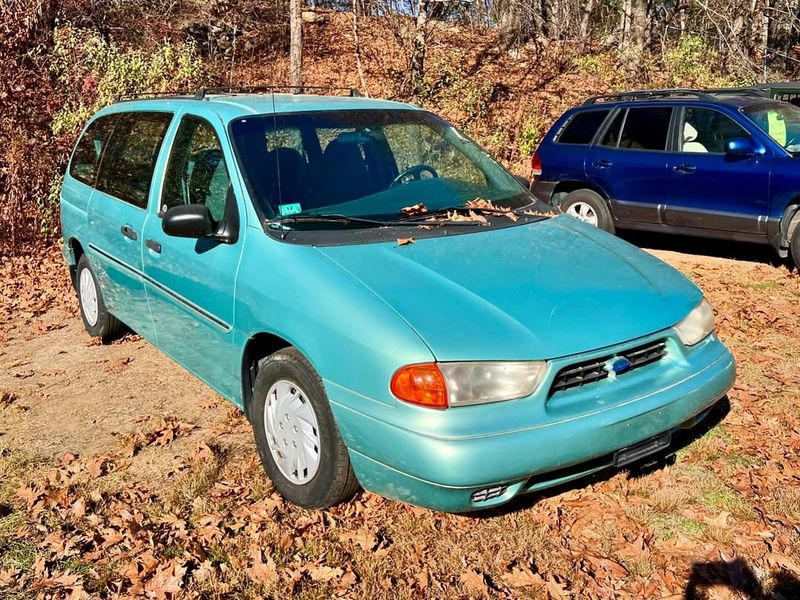
The Ford Windstar aimed to dominate the minivan market. It shared the stage with competitors like the Dodge Caravan. It promised space and family-friendly features.
Despite these promises, reliability issues shadowed its potential. The Windstar struggled to maintain a foothold in the evolving market.
This model highlights the importance of reliability in family-oriented vehicles, where trust is paramount.
21. Ford Excursion
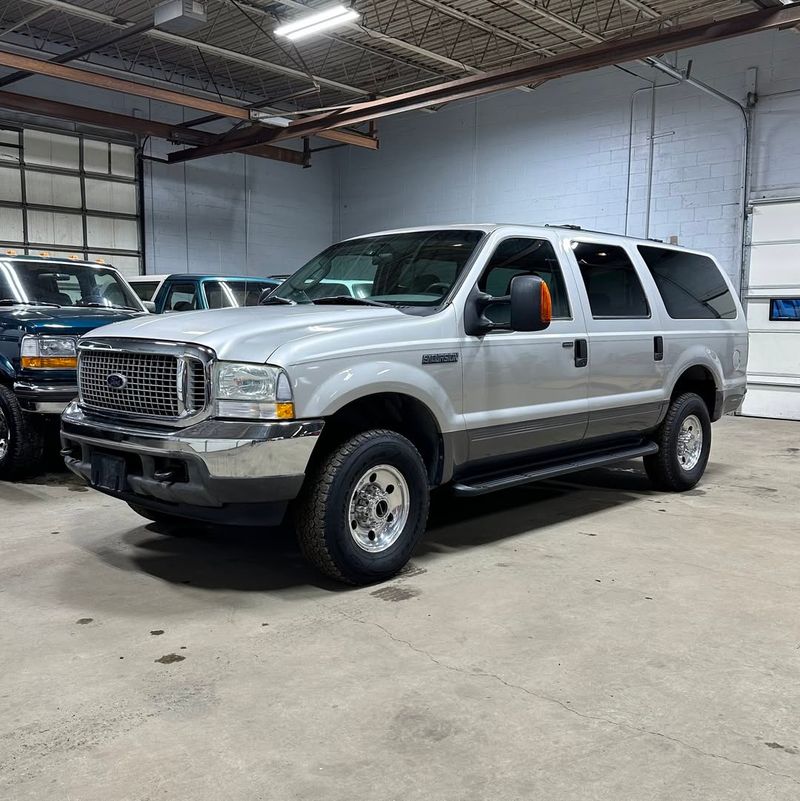
The Ford Excursion reminds me of outdoor adventures with my uncle. Its massive size was impressive. An interesting fact: it was one of the largest SUVs ever produced by Ford.
Despite its rugged appeal, it faced criticism for its poor fuel efficiency. The Excursion’s legacy is a blend of admiration and environmental concern.
How did such a behemoth fit into a world moving towards sustainability?
22. Ford Ranchero (later models)
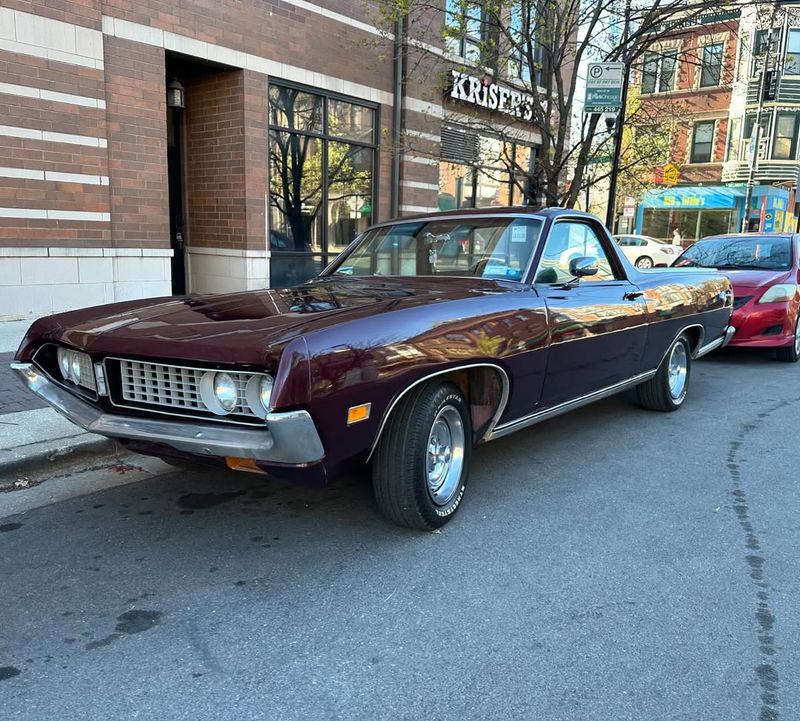
The later models of the Ford Ranchero are unique in the automotive world. They combined a car’s comfort with a truck’s utility. Imagine a chameleon, adapting to different roles.
While innovative, these models struggled with identity issues. The Ranchero couldn’t fully satisfy the needs of either car or truck enthusiasts.
Its journey emphasizes the risks of blending categories without fully capturing the essence of either.
23. Ford Elite
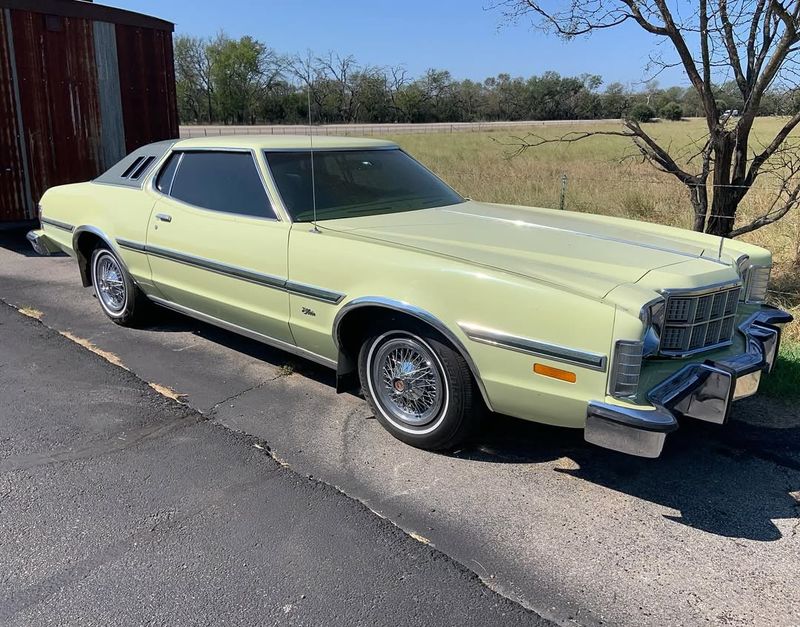
In retrospect, the Ford Elite had an intriguing legacy. It was meant to be luxurious yet affordable. Owning one made you feel sophisticated.
However, it didn’t quite stand out among its peers. The Elite’s story is one of ambition clashing with execution.
Did it truly capture the essence of luxury, or was it simply another face in the crowd of 1970s cars?
24. Ford Crown Victoria (final fleet-only years)
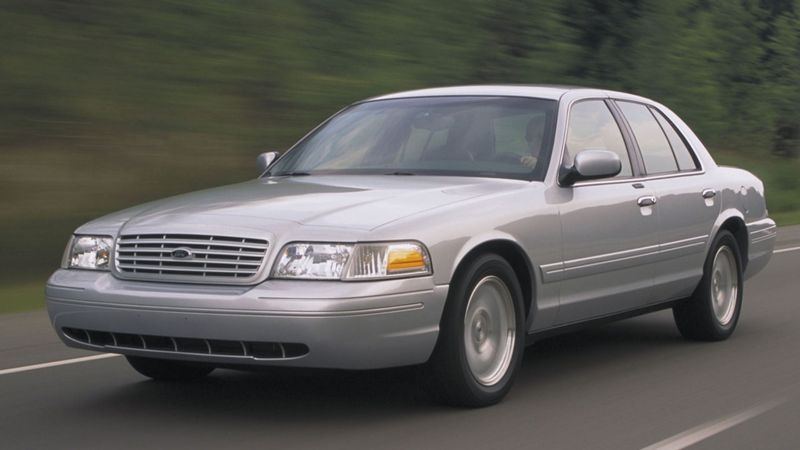
The Ford Crown Victoria, in its final fleet-only years, aimed to serve as a reliable workhorse. It shared its purpose with vehicles like the Chevrolet Impala.
It offered durability and a familiar design. However, the lack of innovation meant it gradually faded from prominence.
The Crown Victoria’s final years remind us that even icons must evolve to stay relevant in a changing world.
25. Ford Mustang II
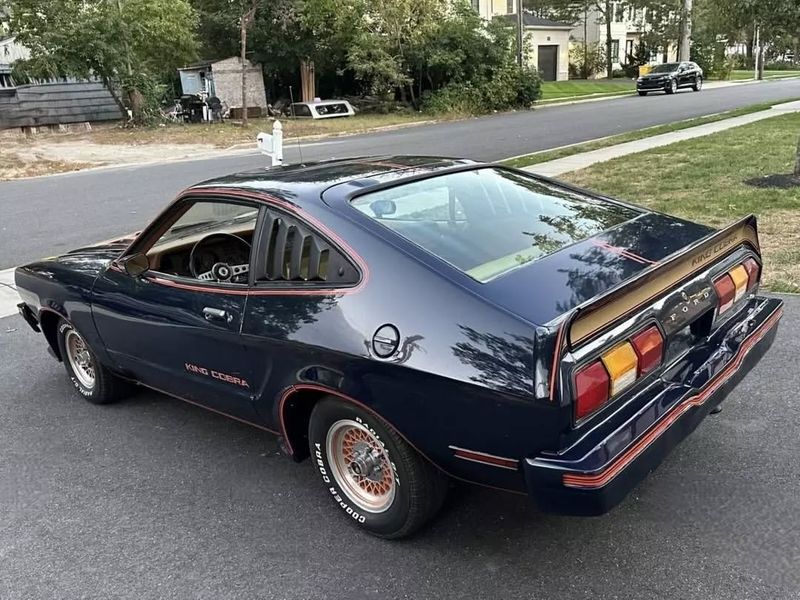
The Ford Mustang II takes me back to my teenage years. It was my dream car, despite its mixed reputation. An interesting tidbit: it was launched during the oil crisis, focusing on economy over power.
While it preserved the Mustang name, enthusiasts often criticized its performance.
The Mustang II’s story is a blend of nostalgia and unmet expectations. What drove the decision to prioritize economy over the Mustang’s iconic power?
26. Ford Scorpio (U.S. Merkur)
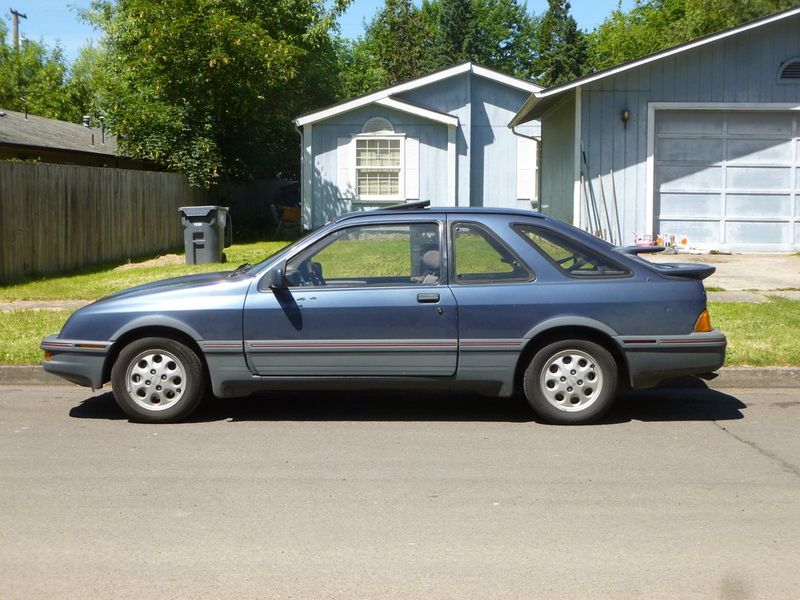
The Ford Scorpio, sold as the Merkur in the U.S., was Ford’s attempt to bring European style stateside. It featured a sleek design and advanced features.
Picture it as an elegant European import, sophisticated yet misunderstood. Despite its promise, it struggled with branding and market positioning.
The Scorpio’s journey highlights the challenges of cultural adaptation in the automotive industry.
27. Ford Corsair (U.K.)
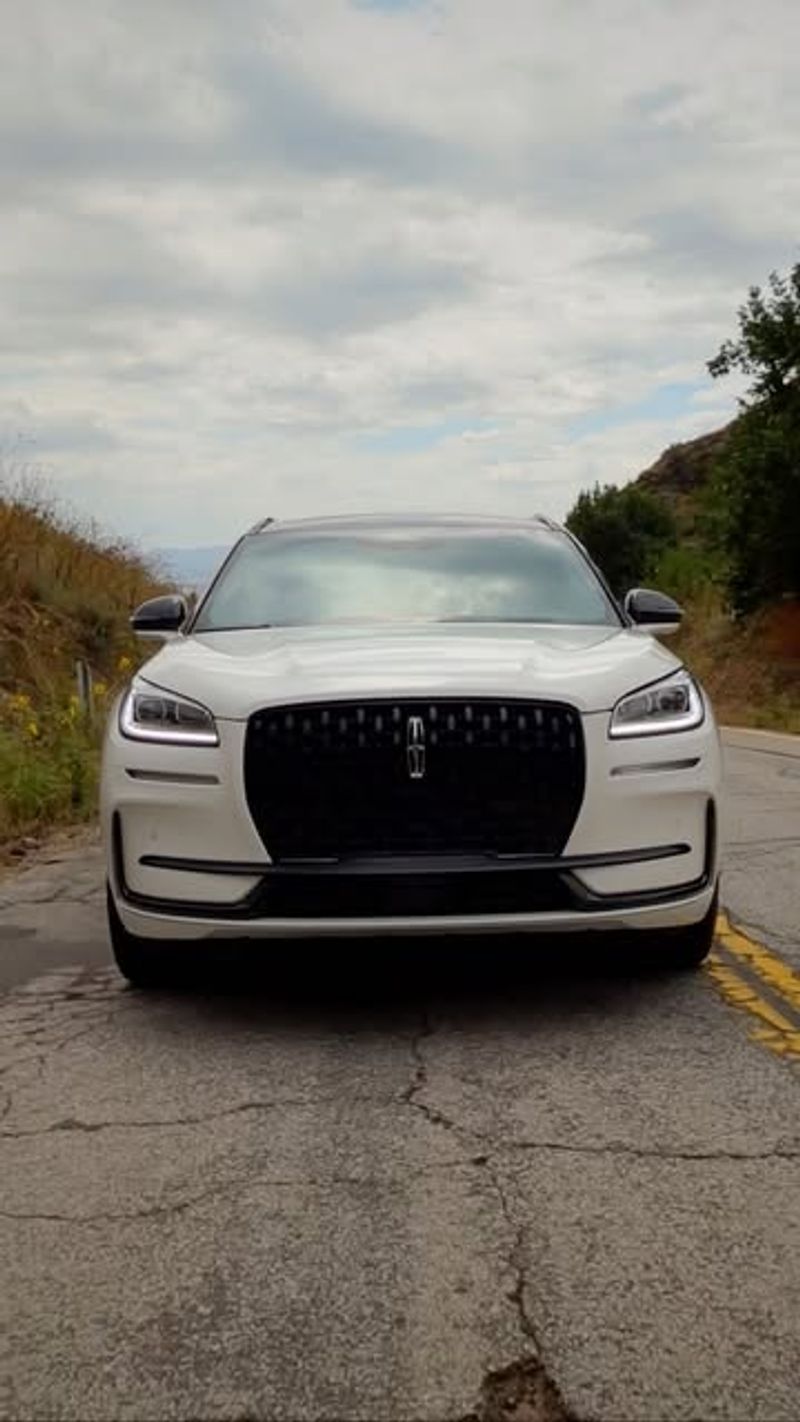
In the U.K., the Ford Corsair had a unique presence. It was seen as a stylish yet practical choice. Growing up, I remember its distinctive design.
However, it struggled to capture long-term interest. The Corsair’s legacy is a blend of innovation and forgotten potential.
Did it ever truly fit into the British automotive landscape, or was it overshadowed by more memorable models?
28. Ford Telstar
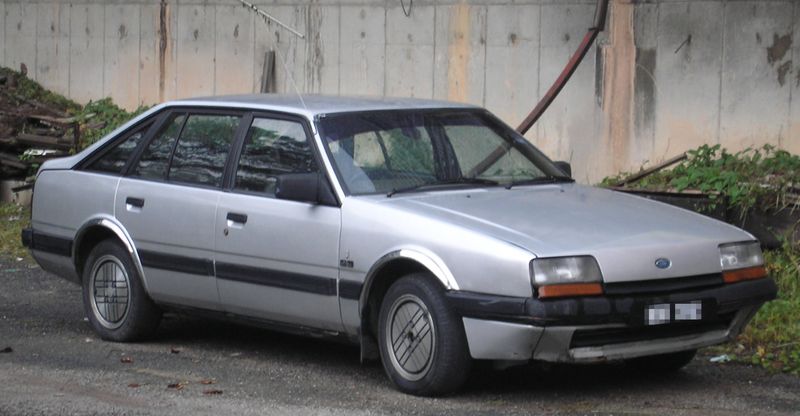
The Ford Telstar aimed to make a mark in the sedan market. It shared the stage with models like the Honda Accord. With its reliable performance and straightforward design, it appealed to practical buyers.
Yet, it lacked the flair to distinguish itself. The Telstar’s journey serves as a reminder that competitiveness requires more than just meeting expectations; it demands exceeding them.
29. Ford Ka (1st gen U.S. consideration)
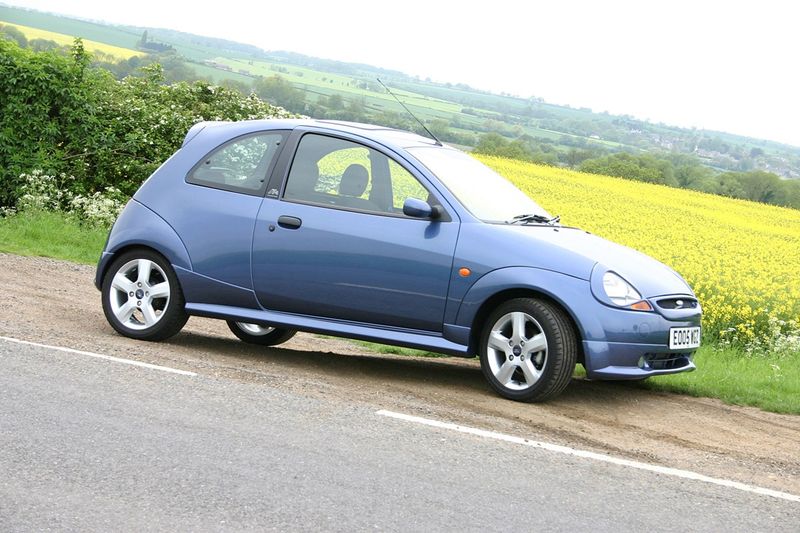
The first generation Ford Ka was a curiosity for American drivers. I remember hearing rumors of its possible U.S. release. It was compact and quirky, ideal for urban driving.
An interesting fact: its unique design made it a standout in Europe. However, it faced skepticism regarding its appeal stateside. The Ka’s story prompts reflection on how cultural preferences shape automotive success.
30. Ford Orion
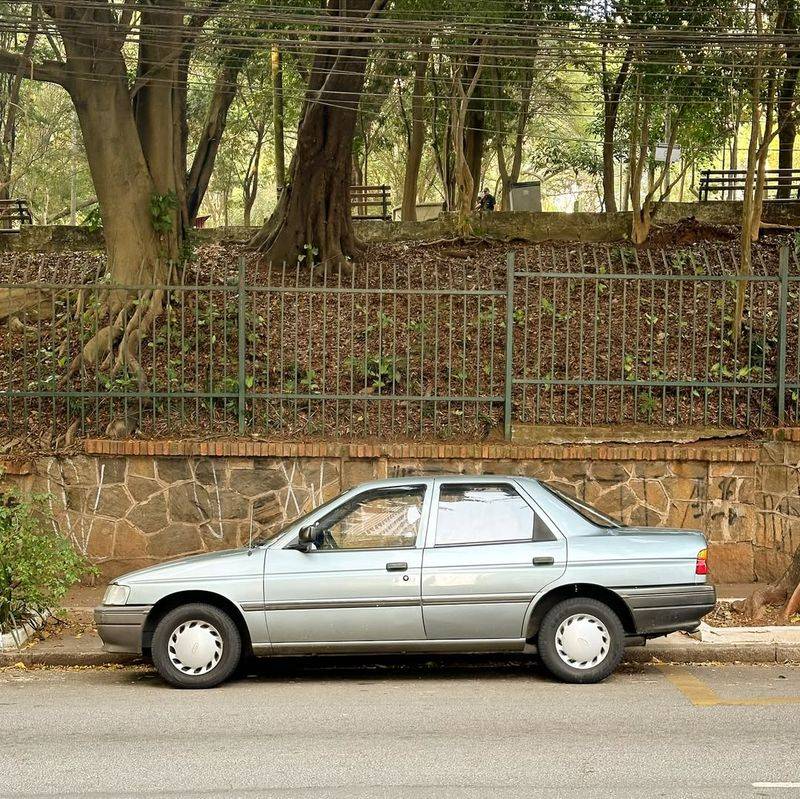
The Ford Orion was Ford’s attempt to offer a compact family car with European flair. It featured a practical design and efficient performance.
Picture it as a versatile family companion, always ready for a city adventure. Despite its strengths, it faced tough competition.
The Orion’s journey highlights the importance of capturing the family car market by standing out in a crowded field.
31. Ford B-MAX
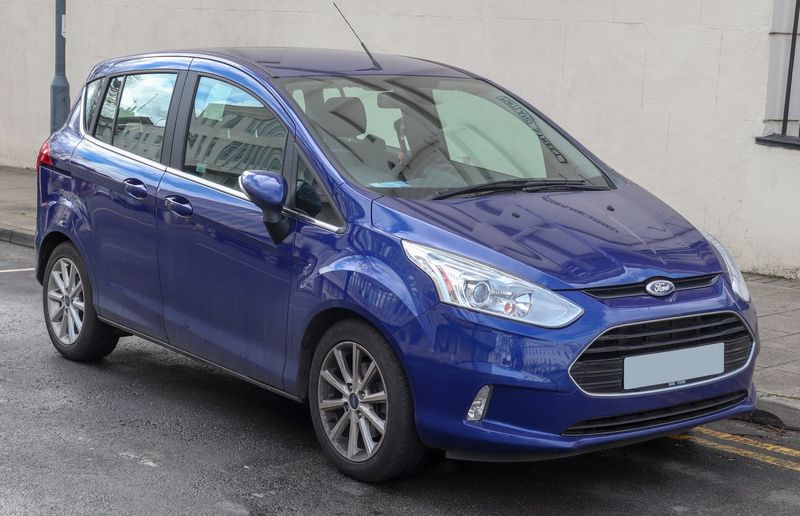
In the world of Ford, the B-MAX had potential. I remember seeing it and being intrigued by its sliding doors. It was innovative, yet it struggled to gain traction.
While it offered practicality, it didn’t capture widespread interest. The B-MAX’s legacy prompts questions about the role of innovation in market success.
How important is it to balance uniqueness with mass appeal?
